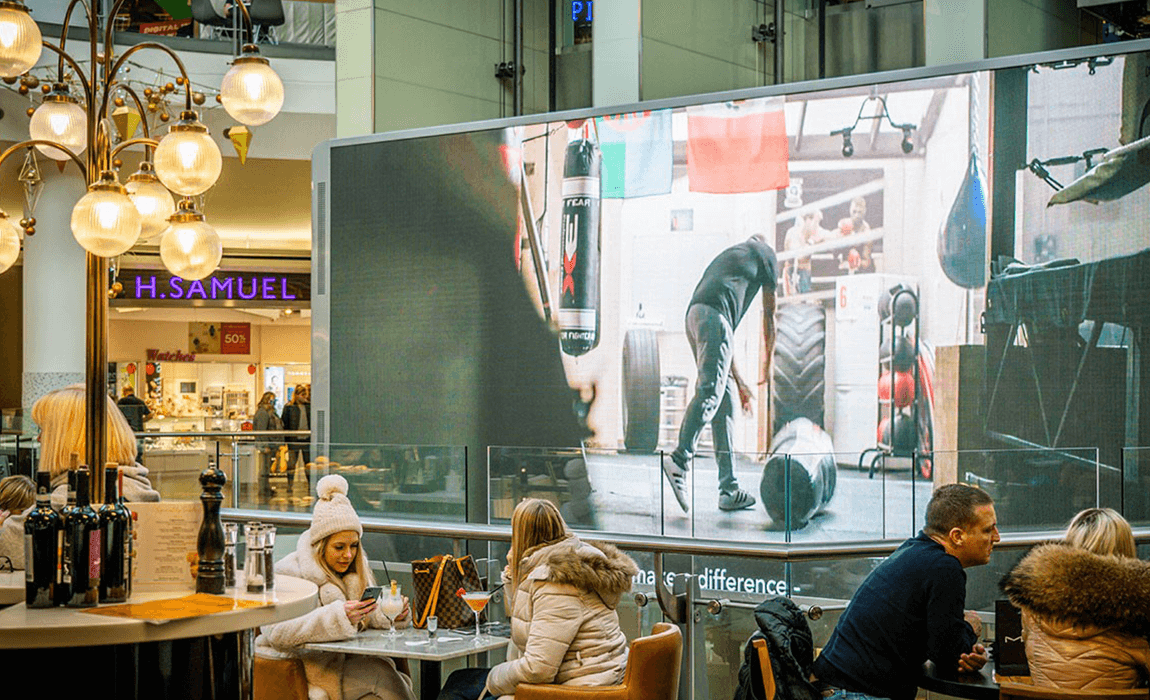Broadening the boundaries of TV

As we enter Q2, the question at the top of everyone’s minds is how do we justify the media value of TV? Looking purely at the numbers TV is in good health, 2021 revenues grew 24% to circa £5.5bn (source: Campaign).
However, scratch beneath the surface and you find spiralling inflation (particularly in young demographics), and declining audiences, which are eroding the efficiencies of the TV medium. Is now the time for brands and agencies to think broader?
This debate has proved popular in TV summits and events already in 2022. The removal of AB (advanced booking) deadlines has created greater turbulence in the marketplace and even less stability in pricing, leading even the most stalwart defenders of TV to question its value and efficiency within the media mix.
Before I continue, I must admit to being a big advocate for the power of TV, but I believe the boundaries surrounding the medium need to be widened, to read as “The Power of AV”. This slight tweak redefines the size of the “pitch”, and by doing this, it enables clients and brands to pivot their strategy to embrace the long tail of the AV (audio visual) and video content world. If 16-34’s and light TV viewers are viewing content through other AV platforms, then brands need to be smart with how they drive reach efficiencies to their audiences. To this point many advertisers are moving away from TVR’s (Television Ratings) as a metric, preferring to focus on audience reach to achieve their results.
The start of 2022 has seen revenue growth of circa 16% (source: average of 4 agency group estimates), rampant inflation across all audiences, particularly 16—34 adults showing inflation of over 75% (source: average of 4 agency group estimates), leaving advertisers the option of missing ratings plans or “chasing the ratings” by reinvesting into an already inflated marketplace.
By considering areas such as OOHTV and Connected TV, brands can follow the audience, and move their creative to where new viewing habits have taken these hard-to-reach audiences. This will extend the reach, and re-discover a younger audience, helping engage with highly sought after “light TV viewers” by using the same creative, thereby maintaining the consumer trust that TV delivers.
An example of widening the view of TV boundaries, is the way in which many brands are working with C-Screens. Across this summer C-Screens will be operating large public screenings, showcasing all the top world sporting content in pleasant out-of-home environments across multiple cities, reaching a core 18-44 ABC1 audience. At a time where consumers desert their front rooms for the sunshine, this is a great way of reaching consumers across the period, via spot campaigns, sponsorship, and even experiential opportunities.
TV is still a great medium, but it is just one tool in the AV mix. It offers brands value, but this value is eroding against nearly all audiences, more acutely when you consider the efficiencies of reaching the younger audiences. Alternative AV channels like OOHTV and C-Screens can pick up and deliver against these audiences in a measurable and more cost-efficient way. With this being the case, it’s worth considering where the boundaries of the TV world lie.









